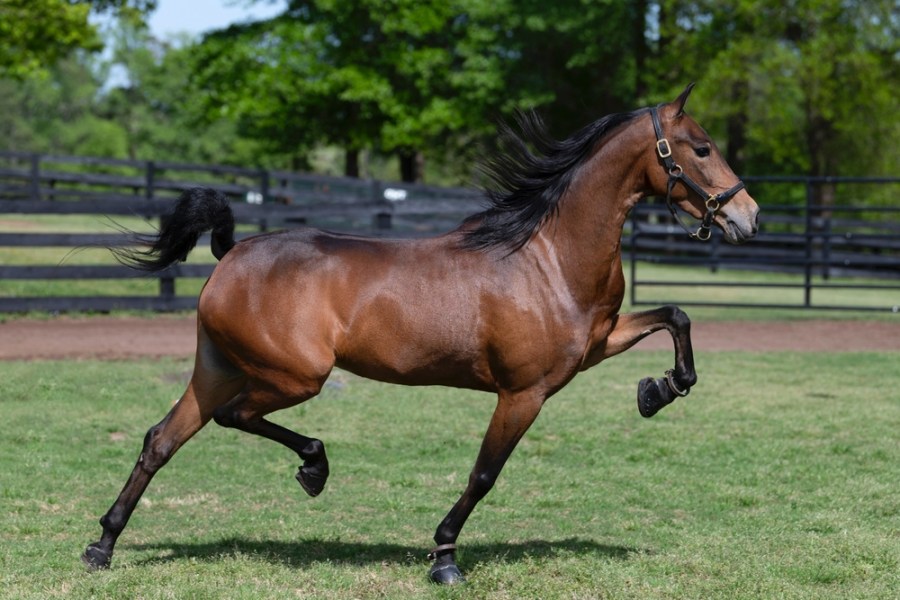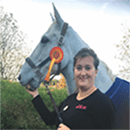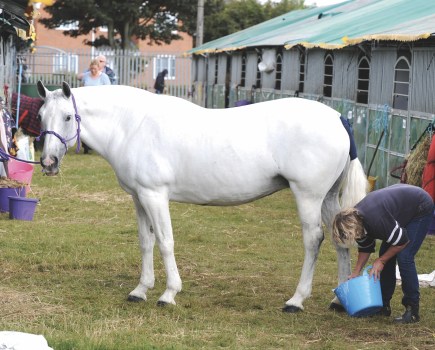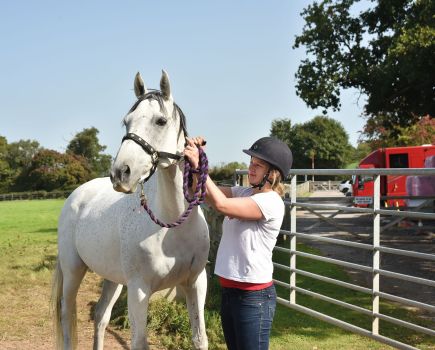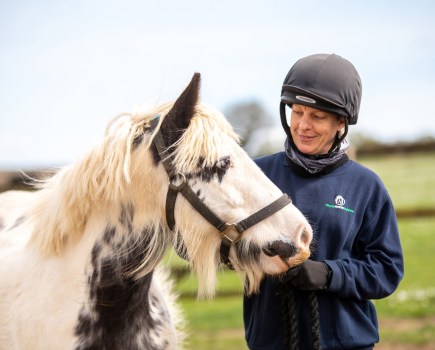Thirteen of the UK’s rare native breeds are categorised as ‘At Risk’ or ‘Priority’ on the newly updated Rare Breeds Survival Trust (RBST) Watchlist, with the Hackney breed described as being in a “very challenging” situation.
For more than 10 years, “worryingly low” numbers have been reported for the breed and the total number of mares producing registered Hackney foals declined in 2024.
A statement about the Watchlist, which was published today (Thursday 24 April), said that the breed’s ‘Effective Population Size’ has fallen very close to the United Nations Food and Agriculture Organization’s level of concern, which is 50.
“The new RBST Watchlist deepens concerns for the Hackney Horse & Pony, a breed which remains in a very challenging situation,” said the statement.
“The breed has now seen worryingly low numbers for over a decade and while female registrations were slightly higher in 2024 compared to 2023, the total number of dams producing registered progeny declined.”
New Forest decline
The New Forest breed has been close to graduating the watchlist in recent years, but a decline in its number of breeders, and a reduced number of dams, means it remains in the At Risk category.
“The picture remains very concerning for some of our rarest equine breeds, particularly the Hackney Horse and Pony,” said RBST chief executive Christopher Price.
“We will continue to work closely with the breed societies to improve the outlook for all rare equine breeds through scientific research, application of the latest conservation tools and techniques, support for breeding networks, and promotion of the great benefits that these breeds can bring people, communities and the environment today and for the future.”
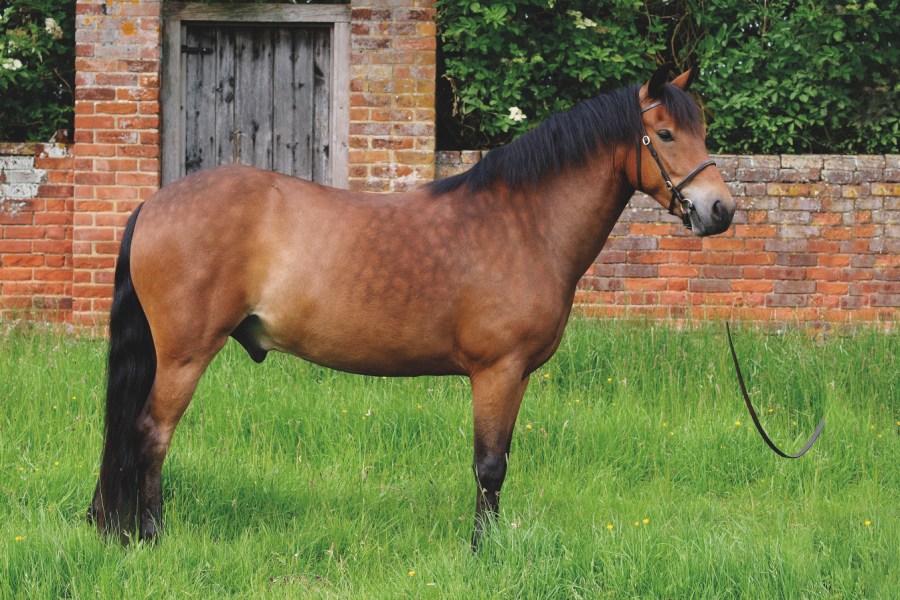
Encouraging numbers for five breeds
There is better news for five native breeds:
Fell pony
The Fell pony saw a 23% increase in the number of mares recorded as producing registered foals in 2024.
Dartmoor pony
The number of Dartmoor breeding mares also increased last year, by 14%, and saw an improvement in its ‘Effective Population Size’. This is a measure of genetic diversity and doesn’t equate to the total breed population.
Welsh pony
Welsh section B was added to the watchlist for the first time in 2024 following a decline in breeding numbers, and the latest data indicates a more stable picture.
Cleveland Bay horse
Although the Cleveland Bay remains in the priority category, there is a higher number of breeders for a second consecutive year and registrations increased by 17% last year.
Eriskay pony
According to the latest data, the Eriskay breed has seen a significant improvement. However, it remains the rarest native equine breed and is still operating at “very low” numbers.
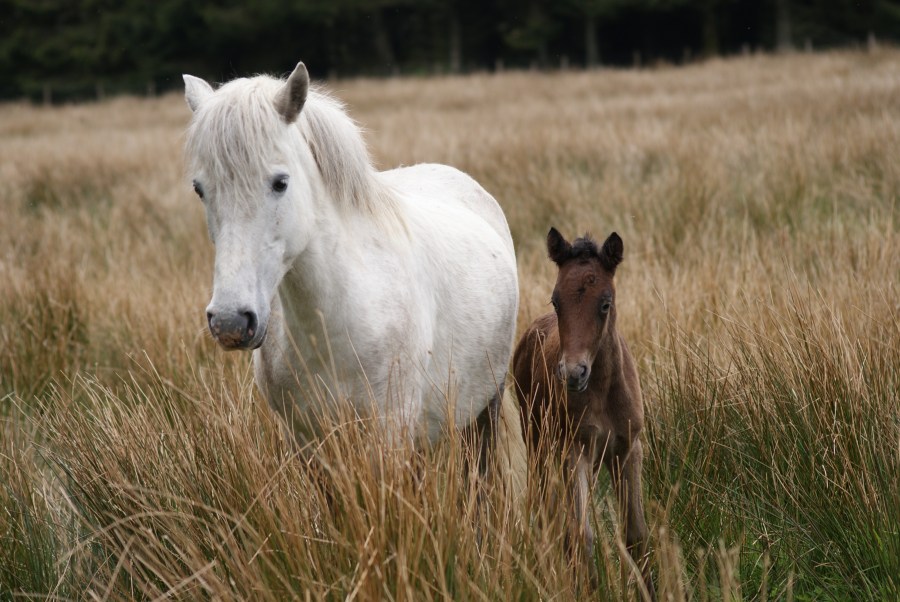
‘Welcome stability’
“Today’s watchlist shows welcome stability across many of the UK’s rare native equine breeds, which pays testament to the great dedication and commitment of owners and breed societies throughout the UK, day in and day out,” said Christopher Price.
“It has been fantastic to see riders and owners showing the world just what our horse and pony breeds can do over the past year in the RBST Versatility Showcase.”
The watchlist in full
Priority
- Cleveland Bay
- Dales
- Eriskay
- Exmoor
- Hackney
- Suffolk
At Risk
- Clydesdale
- Dartmoor
- Fell
- Highland
- New Forest
- Welsh section B
- Shire
Other native breeds
- Shetland
- Welsh section A, C and D
- Welsh Cob
- Connemara (Irish breed)
- Irish Draught (Irish breed)
- Dartmoor Hill (feral breed)
- Carneddau pony (feral breed)
The RBST Watchlist is the annual situation report for the UK’s native equine and livestock breeds, reflecting robust measures of the genetic diversity within each breed as well as the numbers of breeding females registered.
Images © Shutterstock unless stated

